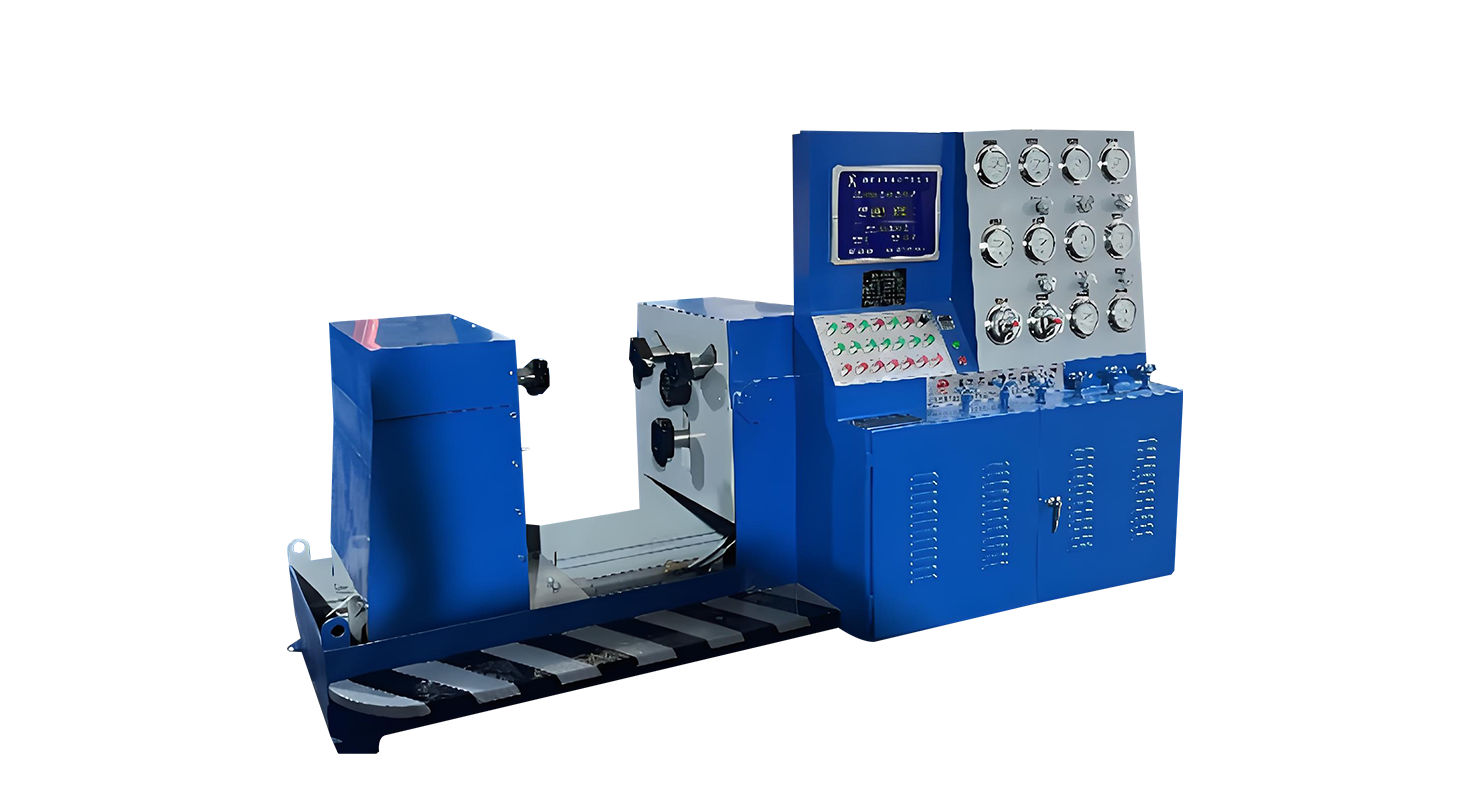Jun 25, 2025
Torque testing plays a crucial role in the validation of valve performance, ensuring valves operate safely, reliably, and within required specifications. In industrial applications, valves are subjected to varying pressures and environmental conditions, making it essential to verify their mechanical behavior before installation and during maintenance. One of the effective methods to evaluate valve functionality is torque testing, which measures the rotational force required to operate a valve. This article will explore the significance of torque testing, the use of different types of test benches, including the horizontal valve test bench and prv test bench, and how these methods contribute to valve performance validation.

Understanding Torque Testing in Valves
Torque testing involves applying rotational force to the valve stem or actuator and recording the amount of force required to open, close, or modulate the valve. This force provides important insights into the valve’s mechanical resistance, sealing condition, and overall operational smoothness. Torque values outside expected ranges may indicate issues such as internal corrosion, debris obstruction, improper lubrication, or damaged seals, all of which can compromise valve reliability and safety.
The torque test results are valuable during both manufacturing and in-service inspections. During manufacturing, torque testing confirms that valves meet design criteria and can handle specified loads. In operational settings, torque measurements help detect early signs of wear or malfunction, allowing preventive maintenance to avoid costly failures or downtime.
Horizontal Valve Test Bench and Its Role
The horizontal valve test bench is a widely used setup for torque and pressure testing of valves. It is designed to hold the valve horizontally while allowing controlled application of torque and pressure loads. This orientation is beneficial for simulating real-life conditions where valves operate in horizontal pipelines or similar configurations.
A horizontal valve test bench typically includes components such as torque transducers, pressure regulators, actuators, and data acquisition systems. The bench can perform multiple test procedures, including torque measurement during valve operation, pressure leakage tests, and seat tightness verification.
Using a horizontal valve test bench for torque testing helps engineers verify the torque needed to overcome valve seating forces, frictional resistance, and any actuator-related factors. It also facilitates performance evaluation under different pressure conditions, enabling comprehensive validation of valve behavior.
PRV Test Bench for Pressure Relief Valve Validation
A prv test bench is specialized equipment designed to test pressure relief valves (PRVs), which play a critical safety role by releasing excess pressure to prevent system damage. Torque testing on PRVs is vital because these valves must open reliably at preset torque and pressure levels.
On a prv test bench, torque testing is performed alongside pressure testing to ensure the valve’s spring mechanism and sealing components function correctly. The torque applied verifies that the valve actuator or lever operates smoothly without excessive force, which could hinder timely pressure relief.
The prv test bench setup usually integrates torque measurement tools and pressure control devices that simulate system pressures. By applying torque in a controlled environment, technicians confirm that the PRV can operate as intended under both normal and emergency conditions.
Importance of Torque Testing in Valve Performance Validation
Valve performance depends heavily on precise mechanical operation, and torque testing offers direct insight into this aspect. By measuring the torque:
Manufacturers ensure valves meet design specifications and operate within safety margins.
Maintenance teams can track changes in valve behavior over time to identify wear or defects.
Engineers can assess the impact of pressure changes on valve operation.
Testing helps verify actuator and valve compatibility for automated systems.
Both the horizontal valve test bench and prv test bench are essential platforms that facilitate reliable and repeatable torque measurements. Their controlled environments allow for precise data collection, helping manufacturers and operators make informed decisions about valve suitability and maintenance schedules.
Torque testing is an indispensable part of valve performance validation. It provides quantifiable data on the mechanical force needed for valve operation, which is crucial for ensuring operational safety and reliability. Utilizing equipment such as the horizontal valve test bench and prv test bench enhances the accuracy and thoroughness of torque testing by simulating realistic operating conditions and combining torque measurement with pressure tests. Ultimately, torque testing supports the long-term performance and safety of valves across various industrial applications.